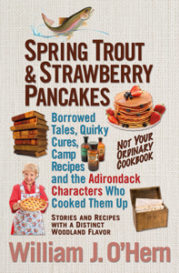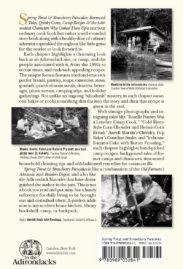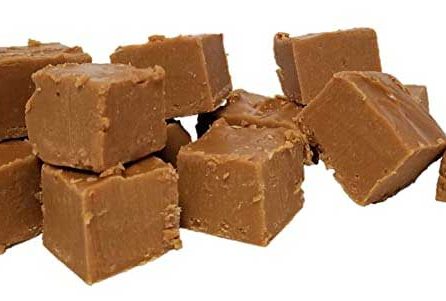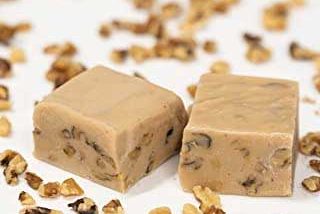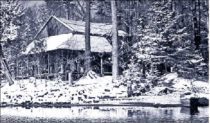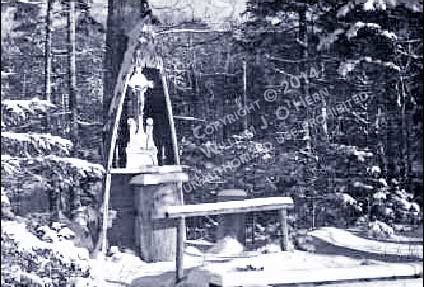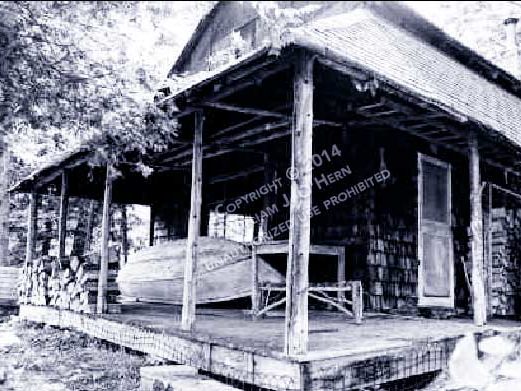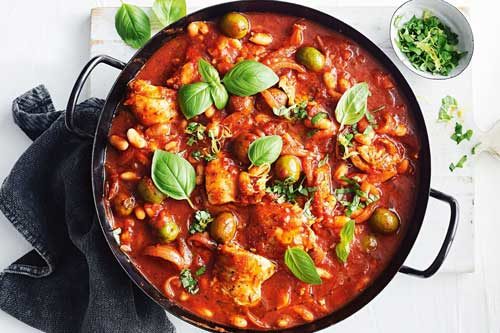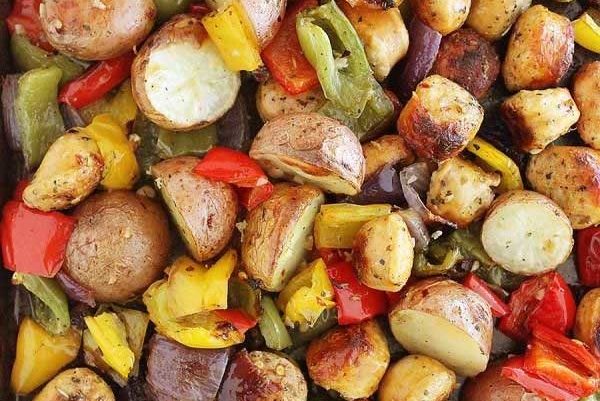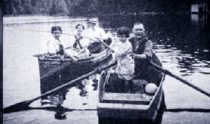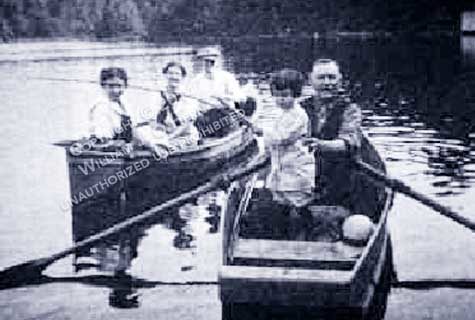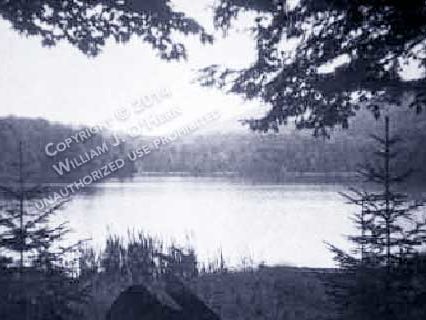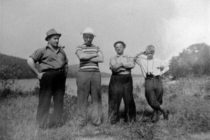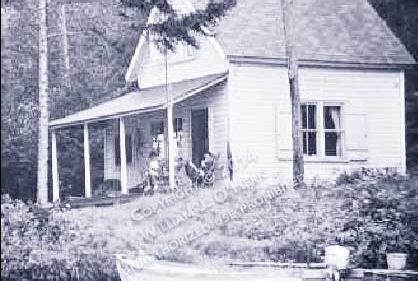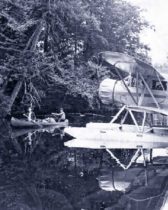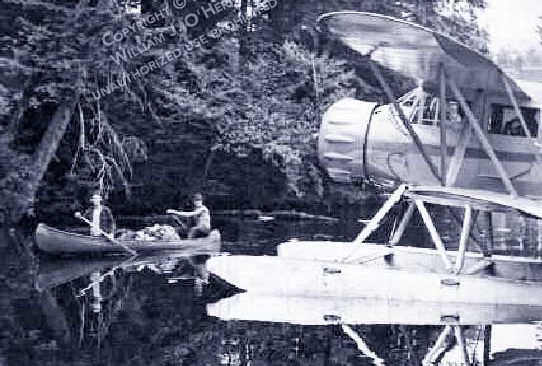Anna Brown’s vintage cookbook was typical of the many cookbooks of the day. All were filled with family recipes, dog-eared pages of recipes
Spring Trout and Strawberry Pancakes
Anna Brown’s Vintage Cookbook
An excerpt from ” Spring Trout and Strawberry Pancakes “, Starting on page 58.
Spring means new awakenings
In flower, bird, and bee,
But none is a greater miracle
Than the sap in the maple tree.
—unknown poet
ANNA BROWN’S COOKBOOK was typical of the many cookbooks of the day. All were filled with family recipes, dog-eared pages of recipes that must have been darlings and included notations such as, “The following dish was passed down to me by my grandmother of her old days…,” unusual- today dishes, and meals that stretched meat and the dollar but still offered nutritious table fare.
Anna’s cookery was typical too in that the section written in longhand offered complete “lunches, supper or lunch and supper menus,” like the one noted in the previous chapter. All included homemade breads of some kind or other.
Maple syrup is still one of New York’s sweetest harvests. Anna’s memory of a hearty long-ago invitation to “Come on over tonight—we’re a-goin’ to sugar off” surely was a fond one, as were the many recipes she listed: Maple Baked Beans, Maple Sugar Biscuits, Maple Drop Cookies, Maple Ice Cream, and Maple Butternut Fudge.

Sap making in the Adirondacks.
Courtesy Town of Webb Historical Association
DEPENDING ON THE TREES from which the sap is collected and the method used to boil it down, syrups have subtle flavor variations, classified commercially as grades. Nevertheless, anyone who has grown up with real maple syrup — not maple-flavored corn syrup — can instantly tell the difference. Mary Lovejoy Thomas’s first recollection of maple syrup is a sweet one indeed:
Christmas in the 1950s did not mean that my brother and I would find a pile of toys under the tree. I remember one year when my brother got a slightly-used bicycle and took steel wool to the rust, hoping he could pass it off as new to his friends. The same year, I got a doll that drank and wet, but did not “shed real tears” like the Tiny Tears doll I’d wanted, so I was little disappointed.
One thing in which we were never disappointed was the package that arrived from our Aunt Esther, who lived in Vermont. She was the food columnist for their little local newspaper, and had a maple syrup sideline. I don’t know how much syrup the sugar bush produced, but we always knew that our aunt’s Christmas package would contain a big bottle of it. It had a vaguely smoky taste, maybe because it was cooked in a vat outside over an open fire. It was heaven on homemade waffles or pancakes, but what we were really looking for as we pawed through the wads of newspaper in the package was a heavy round tin of what Mother referred to as “Aunt Esther’s Perfect Fudge.” This was a great treat for children who were rarely allowed to eat candy or drink soda pop.
The delicious concoction would make its appearance again when Mother took us to visit our aunt’s camp in the summer. The “no sugar” rules were relaxed for the time we were on vacation. At least once during the visit, Aunt Esther would wink at Mother and say, “I don’t feel much like making supper. Do you think the kids would mind if we just had popcorn and fudge tonight?” Auntie had no children of her own, and she loved to spoil us. Mother would give in without much reluctance, with the caveat that milk and apples would also be included.
It’s still a favorite camp supper, one that makes even an old lady feel positively devious!
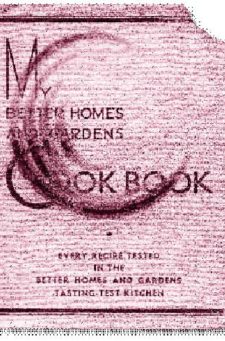
Mom’s 1930s cookbook shows the scars of use, incurred when she switched to a new and unfamiliar electric cooking range.
– Photograph by author

